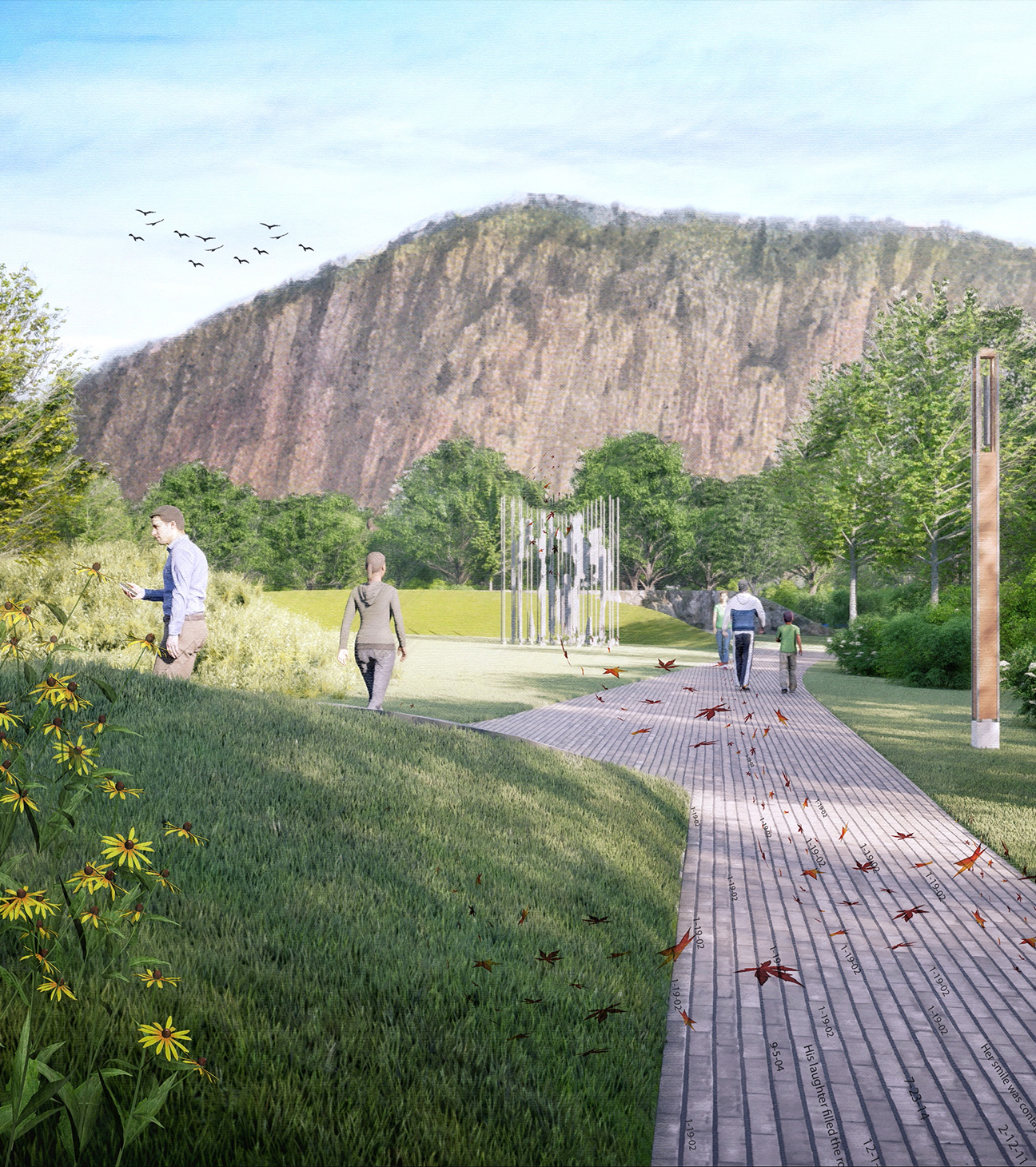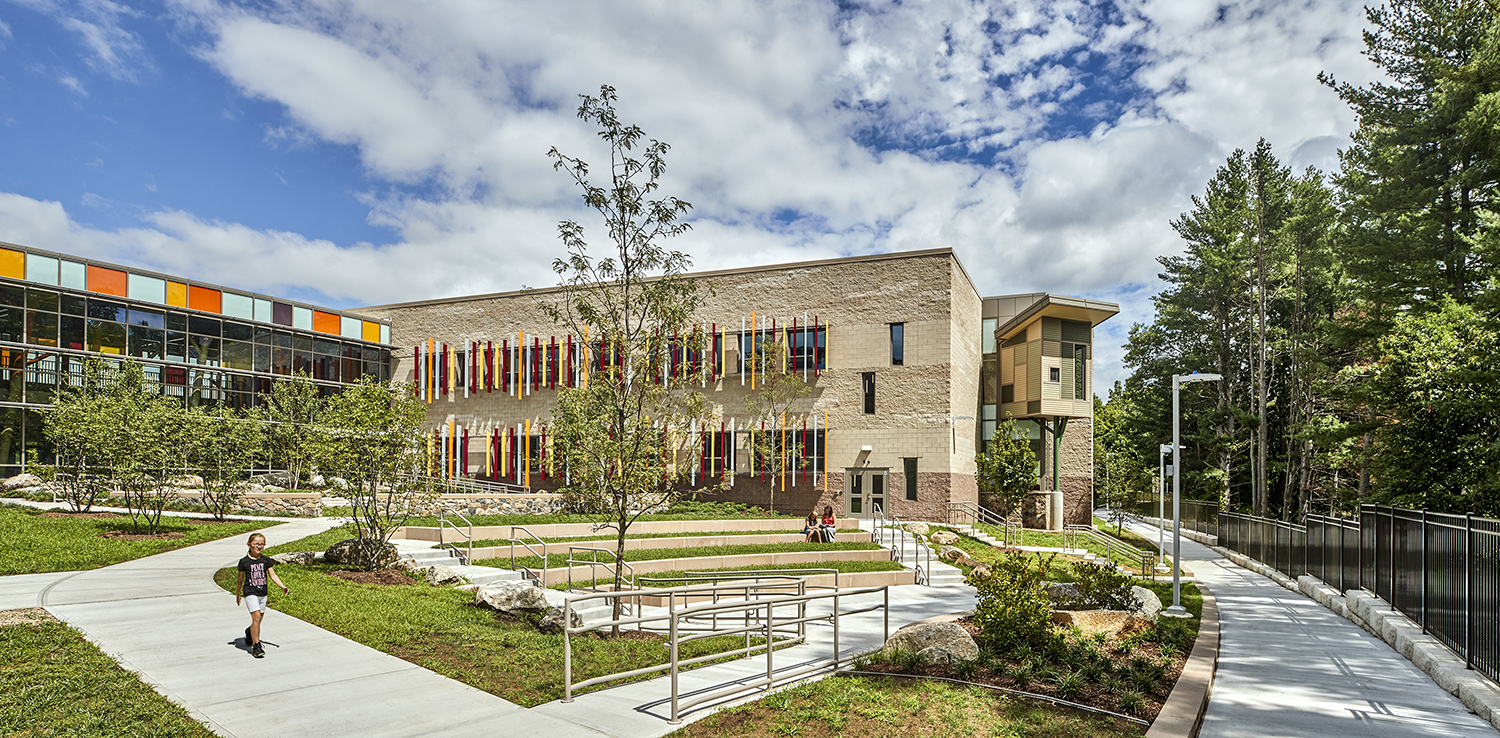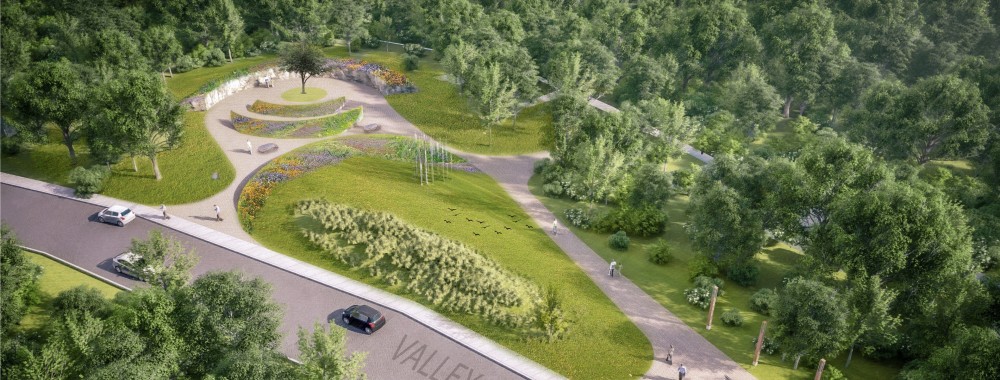On Social Value | Part III: Our Gardens
May 30th, 2019
 Our Gardens are the places where we commune with nature – both within the wider world and within ourselves. Our gardens are the fresh, open-air places which give us a moment to breath in a busied world, giving us an opportunity to feel the warmth of sun on our shoulders and the coolness of wind against our skin.
Our Gardens are the places where we commune with nature – both within the wider world and within ourselves. Our gardens are the fresh, open-air places which give us a moment to breath in a busied world, giving us an opportunity to feel the warmth of sun on our shoulders and the coolness of wind against our skin.
In the design of a Memorial to Victims of Gun Violence, in New Haven, our volunteer team met recurrently with victim’s families to hear their stories and to understand their aspirations for the memorial. What stood out was a strong desire for the memorial to be a garden. Far removed from the somberness of a cemetery, or the flatness of a monument, the garden was envisioned as a park filled with meandering paths and flower beds filled with colorful blooms and wispy grasses. These mothers and fathers and siblings and friends wanted a beautiful place, quiet and calm, in which to reflect on their loved ones. They spoke of the desire to sit and hear the sound of water rushing in a nearby stream, to see birds flying, and to smell flowers blooming.
In addition to the aesthetic aspirations, there were the pragmatics of creating a site design that was intimate but also secure, natural but also accessible, open but also inopportune as a location for large, potentially disruptive gatherings. The site is adjacent to a roadway with moderate traffic noise which needed to be abated. Fortunately, all of these practicalities were strategically accommodated without veering from the expression of a natural garden.
Similarly, on the Sandy Hook School, a knowledge of crime prevention through environmental design gave us a palette for incorporating invisible, natural security interventions on the site and at the building perimeter. We were able to meet the need for safety while also enhancing and celebrating outdoor areas surrounding the school – giving the children an awareness of their natural surroundings and leaving security behind the scenes.
Green spaces provide a value that is inimitable, but which can often be overlooked in the programming of our next office building, health clinic, or apartment complex.
Most of us understand that access to natural environments is beneficial to our health, but we may not always realize to what extent. As Klinenberg notes in Palaces for the People, thoughtful remediation of blighted lots or the simple presence of trees increase reported levels of happiness in residents. These features also directly correlate to lower levels of criminal activity – saving on taxpayer expenditures overall. Lack of community green space is hazardous to our health, our happiness, and our wallets.
Access to nature is acutely necessary in building environments where inhabitants are confined or restricted in some way – hospitals, assisted-living facilities, recovery centers, even residential buildings located within a densely paved urban fabric. These are the places that most vitally need a bull-headed stance on the importance of nature.
As much as we need air and light and water, we need green. Our gardens provide health and healing to our communities, and nourishment for the soul.










